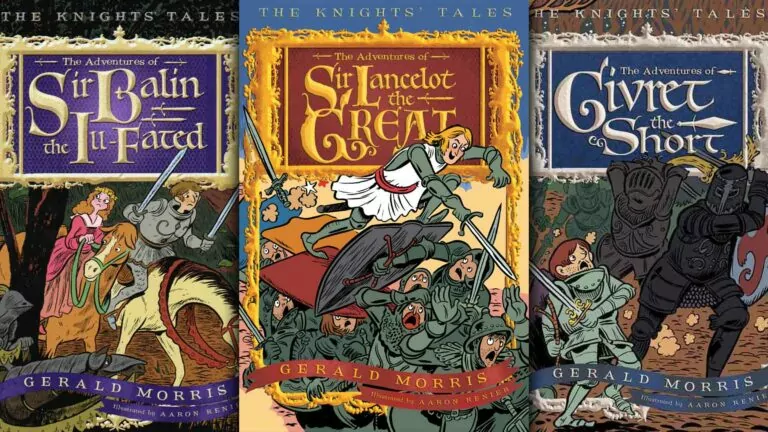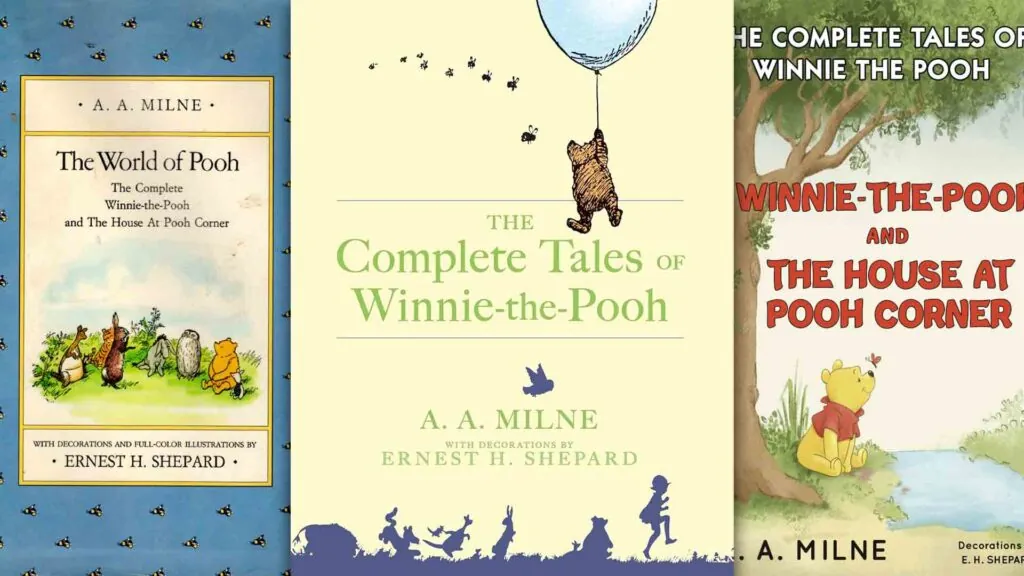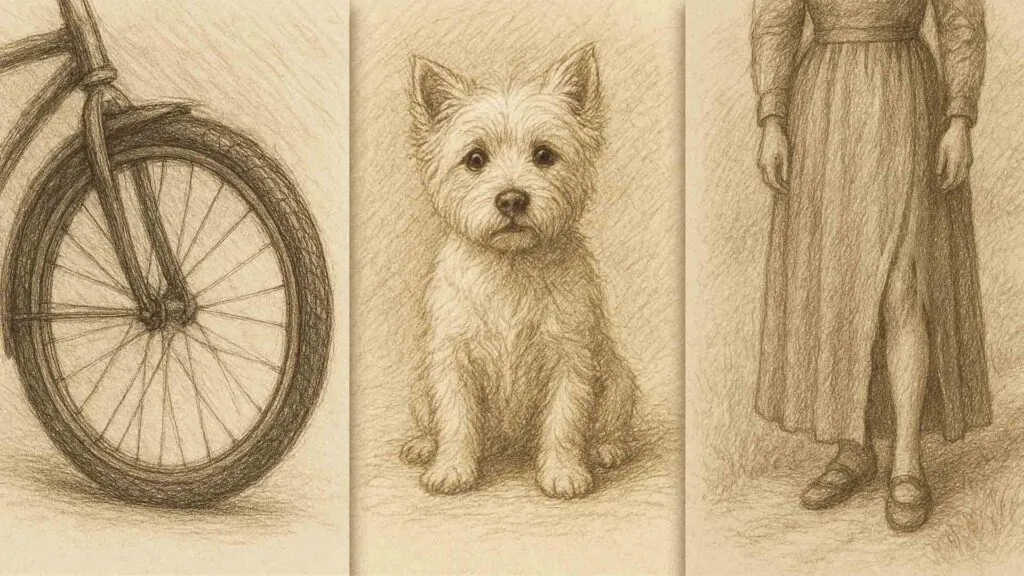by Gerald Morris
92 pages / 2008
This has all the adventure you’d expect from an Arthurian tale, but way more humor. And maybe the best way to review it is to share one of those jokes.
Sir Lancelot wants to be one of King Arthur’s knights because “They have the bravest hearts, the noblest souls and the shiniest armor in all the world.” Lancelot is a little obsessed with his appearance but on his journey to Camelot, (to introduce himself to the King) he gets caught in a rainstorm, and his armor ends up getting “splashed all over with dirty spots.” When at last the rain stopped, Sir Lancelot turns his attention to his spattered appearance. Moving his lance to his left arm, he draws a towel from his saddlebags and begins scrubbing at his armored legs. Soon he is absorbed in the task, paying no attention to where his horse is taking him. When he does finally look up, Lancelot sees a knight bearing down on him. Thinking it one of those roving evil knights and “having no time to shift his lance to his right arm…he met the knight’s charge left-handed, popping his attacker very neatly from his saddle.” Almost without pause, another knight attacks him, and then another and another, which gets Lancelot quite annoyed, as this near constant assault really interferes with his cleaning efforts. But he quickly dispatches them one after another. This happens 16 times in all, and after the 16th knight was dispatched, Lancelot hears clapping.
It turns out he had wandered into a tournament unawares and won it quite unintentionally while using his lance left-handed. Then, when he finds out the King himself is the host of the tournament and wants the noble knight to join the Round Table, Lancelot is distraught. Why?
“Look at me! I’m all covered with mud! And I did want to make a favorable first impression!”
The rest of the book is more of the same – my girls were laughing out loud, and I was having a great time too.
Wizards, and sorcerers, and magicians, oh my!
I have no real cautions to offer for this book. The most juvenile humor in the book is when Sir Lancelot gets shot in the behind with an arrow. That gets some good laughs from the kids, but doesn’t get anywhere near the realm of potty humor.
I will say I was a little surprised when one knight ended up dying (after eating a poisonous pear) because Death doesn’t make an appearance in most kids books. But it isn’t a big part of the story and didn’t seem to shock my girls.
So the only real reservation I have has nothing to do with this book, but rather Book 3 in the series.
Morris has written 4 books in all in this The Knights’ Tales series, and as happens in the Authurian original magic and sorcerers make appearances. In the Bible God condemns sorcery, so when a positive portrayal of it pops up in fiction, that should give us pause.
In Book 2, Sir Givret the Short, the only magical reference is where the magic is clearly and admittedly fake – Givret pretends to be a sorcerer to scare an evil knight (Givret is short, but he knows how to use his brains). So no reason to be concerned here. And in Book 4, Sir Balin the Ill Fated, a seer pronounces doom and gloom, though by book’s end it seems that she was, most likely, a fraud. The problem is, kids might not get that. There is also a wicked invisible knight who can use magic to turn himself invisible – I don’t have much of a problem with that, as the wicked do indeed try to make use of magic. My concern is about when magic use – which God condemns – is portrayed positively.
That’s what happens in Book 3, Sir Gawain the True, where a friendly sorcerer befriends Sir Gawain. Friendly sorcerer? Now, the sorcerer is not Morris’s creation – he is a part of the original Arthurian legends – and that seems a factor to consider. But I have to admit as to not knowing quite what to think – good sorcerers are a lie, so should we be encouraging our kids to read books where this lie is furthered? And at the same time, Arthurian stories have history to them, and it strikes me that this is a lot like learning about Greek gods – they can do “magic” too – but knowing about them is simply a part of being educated. Of course there is a big difference between reading about something for educational reasons and reading the same things simply for entertainment. We can tolerate some things for educational reasons – for example, news reports that might have graphic violence – that we would have reason to avoid when it comes to entertainment. So it would seem positive portrayals of sorcerers are more problematic in entertainment than they would be in strictly educational settings. And as this is more entertainment than educational, I do continue to have problems with Book 3.
Conclusion
Three out of the four books in this series are just good, silly, feudal fun. They could be, and I’ll predict, most certainly will be enjoyed by kids all the way through Grades 5 and 6.












